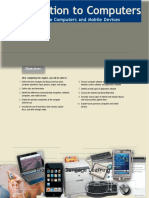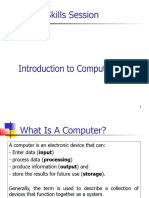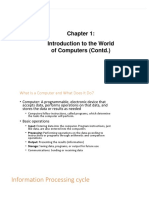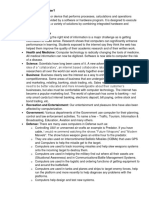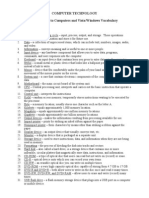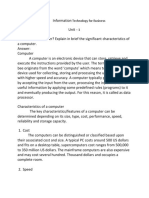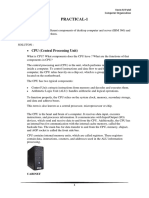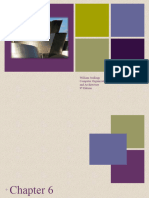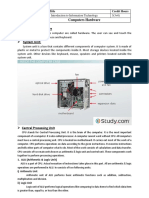0% found this document useful (0 votes)
12 views34 pagesChapter 1 Intro
The document outlines the objectives and key concepts related to Information and Communications Technology (ICT) and computers, including the evolution of technology, types of devices, and their functions. It covers the importance of digital literacy, the components of computers, data processing, and the classification of computers based on size and usage. Additionally, it highlights the significance of technology in various sectors and the relationship between data and information.
Uploaded by
WallflowerCopyright
© © All Rights Reserved
We take content rights seriously. If you suspect this is your content, claim it here.
Available Formats
Download as PDF, TXT or read online on Scribd
0% found this document useful (0 votes)
12 views34 pagesChapter 1 Intro
The document outlines the objectives and key concepts related to Information and Communications Technology (ICT) and computers, including the evolution of technology, types of devices, and their functions. It covers the importance of digital literacy, the components of computers, data processing, and the classification of computers based on size and usage. Additionally, it highlights the significance of technology in various sectors and the relationship between data and information.
Uploaded by
WallflowerCopyright
© © All Rights Reserved
We take content rights seriously. If you suspect this is your content, claim it here.
Available Formats
Download as PDF, TXT or read online on Scribd
/ 34














